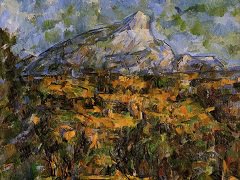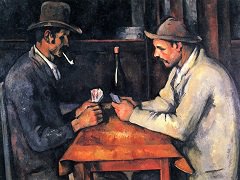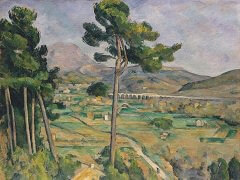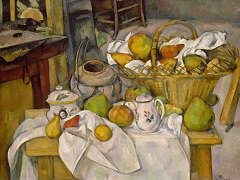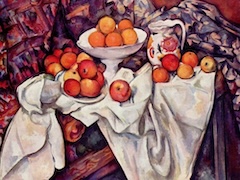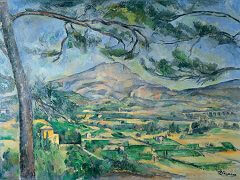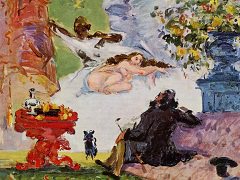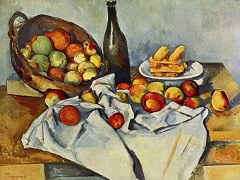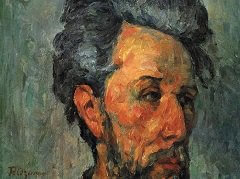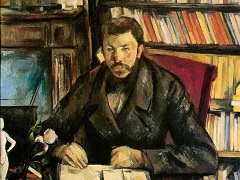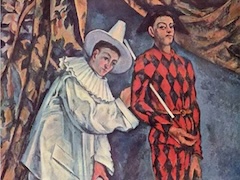Sunflowers, 1900 by Paul Cezanne

Still life was an important genre to Cezanne, who made approximately two hundred such paintings over the course of four decades. Art, Paul Cezanne once claimed, is "a harmony running parallel to nature," not an imitation of nature. In his quest for underlying structure and composition, he recognized that the artist is not bound to represent real objects in real space.
Compared to the vivid colors in Sunflowers of Van Gogh, the colors used by Cezanne in his Sunflowers is calm and subdued. Here, Cezanne takes individual elements and blends them to create a perfectly balanced scene. The still life of Sunflowers shows excellent control by the artist.
Cezanne's masterful still lifes are recognized for their ineffable alchemy, which the artist often achieved through the use of skewed perspectives that alienated some critics during his lifetime.


